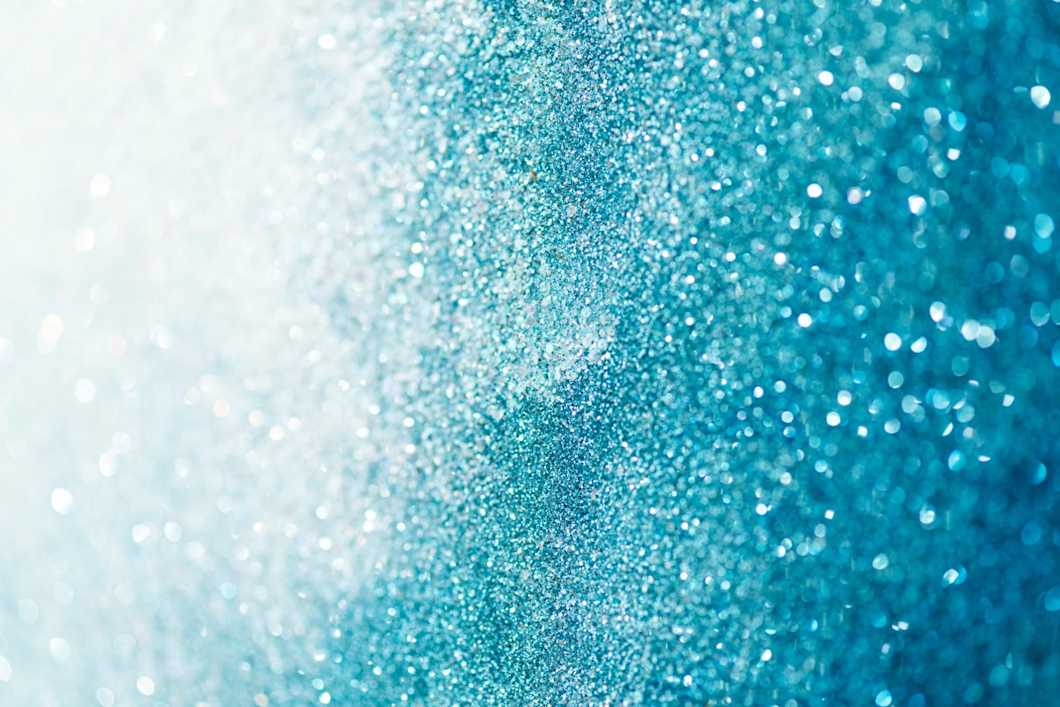Microplastics testing

- Fast turnaround times
- Personal service from method experts
- Competitive prices
- Result accuracy guarantee
Testing options for water
Different types of water are the most common sample matrix in microplastics testing. Plastic particles can be screened from natural waters to identify polluted river, lake, or sea areas. Analysis may also focus on bottled water to optimize the production process and packaging so that as few particles as possible end up in the product.
Microplastic analysis of wastewater is typically focused on optimizing filtration systems to minimize the release of plastics into the environment. Testable systems can range from small filters intended for washing machines to filters used on large ships.
Microplastics in natural water or wastewater with the micro-Raman method
Microplastics with py-GC/MS, clean water samples
Microplastics with py-GC/MS, typical wastewater samples
Microplastics on filter
Prices excluding VAT.
Questions?
Environmental testing expert Aatto Rautio is happy to help.
Other matrices
In addition to water, microplastics can be screened from other environmental samples, such as soil, sediment, and sludge. Testing can be performed according to ISO 24187, which is one of the first international standards for microplastic analysis. Our service selection also covers a range of specialty matrices, including food products, cosmetics, pharmaceuticals, and biological samples (such as blood) of both animal and human origin.
Microplastic regulations, such as the recent addition of polymeric particles to the REACH Regulation, have introduced new testing requirements for a range of consumer products and materials. Do not hesitate to ask our experts for more information and a quote for compliance testing.
Microplastics in soil, sludge or sediment with microspectroscopy methods
Microplastics in food
Microplastics in fish and other aquatic animals
Microplastics in blood and other samples of human origin
Prices excluding VAT.
Analysis methods in microplastics testing
Microplastics can be analyzed using several methods, the most common of which are Raman, FTIR, and py-GC/MS. Raman and FTIR can identify and quantify microplastic particles by size range and plastic type. Identification is based on reference libraries, so even rarer plastics can be detected. Very small particles (< 1 µm) are generally not detected, however, which makes these methods unsuitable for nanoplastic analysis.
Pyrolysis-GC/MS, on the other hand, can detect nanoplastics but does not provide information on particle size distribution. Instead, the overall quantity of microplastics within a set size range is reported as a mass fraction (in µg/l). If detailed information about the shape and size of plastic particles is needed, SEM imaging can also be used.
You can read more about the differences between analysis methods in our article on ISO 16094 standards, which outline the procedures for detecting microplastics in clean water samples with vibrational spectroscopy and thermoanalytical methods.
Get a quote
Fill in the form, and we'll reply in one business day.
Have questions or need help? Email us at info@measurlabs.com or call our sales team.
